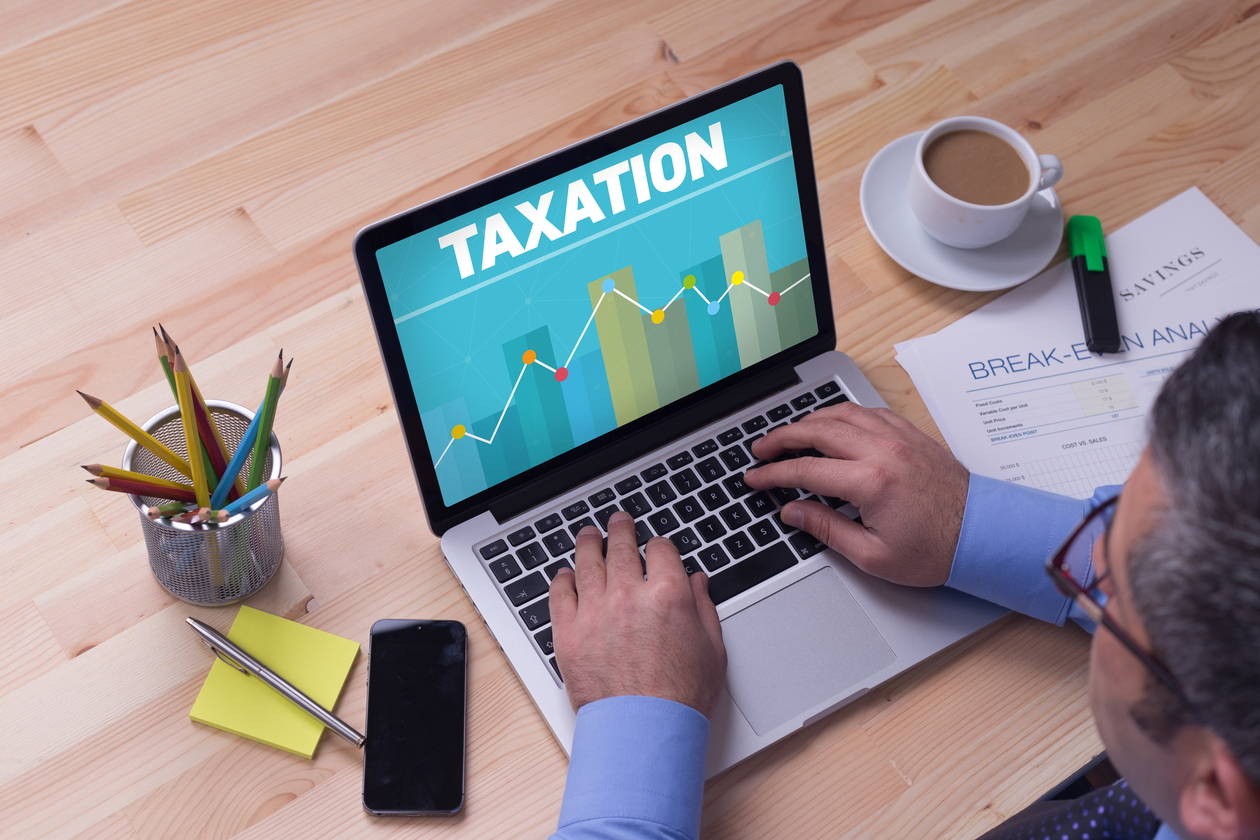
Tax Tip Planning
The penultimate article in our series of Tax Planning Tips 2023/24.
To see how we can help, please click here to get in touch.
Choose the most tax-advantageous structure for your new business.
When starting a new business venture, it can be difficult to predict the level of income it will generate. If losses are a real possibility, running the business as a sole trader or partnership will give you maximum flexibility to set off those losses against your other income (see tip 37).
Where regular profits of £50,270 or more are expected, operating as a company will allow you to shelter undrawn profits (which would have been subject to higher rates of tax if received by an unincorporated business) and make tax-efficient pension contributions (see tip 22). The current rates of corporation tax are 25% on profits above £250,000 and 19% on profits up to £50,000, but a marginal rate of 26.5% applies on profits between these limits. This is still a favourable rate compared to the higher income tax rates of 40% and 45% (42% and 47% in Scotland). The amount of tax you pay overall will depend on the manner in which you extract funds from your business.
Use the £1,000 trading allowance.
Sometimes it is difficult to know exactly when a business begins, as many start gradually in order to test an idea in the market. You can receive up to £1,000 per year of tax-free income from a trade without having to declare this to HMRC. Once you generate more than £1,000 of sales in a year you need to register your business with HMRC or risk a penalty.
Don’t miss your VAT registration requirement.
If your business is not VAT registered, you must keep an eye on your turnover for the previous 12 months on a rolling basis. When it exceeds £85,000, you must register for VAT by the end of the month following the month in which your turnover exceeds the threshold. Once registered, you must apply VAT to all of your sales (except those which are exempt) and submit VAT returns to HMRC using making tax digital (MTD) compliant software. You also need to keep your VAT records in a digital format.
Make the best use of your trading losses.
As a serious self-employed business person (HMRC generally expects you to be working an average of at least 10 hours a week for your business), any trading losses you make can be set against your total income for the tax year in which loss arose and/or the previous year. Relief for a trading loss made in 2021/22 can then be extended to offset against trading profits made in the three previous tax years, but that relief must be claimed by 31 January 2024. There is a cap on how much loss can be offset against your total income (but not profits of the same trade) being the higher of £50,000 and 25% of your income for the year. This extended carry back of losses is not available for years after 2021/22.
Lower your tax rate by involving your family.
When your taxable profits go above £50,270 per year, consider bringing in your spouse or adult children as partners in your sole-trader business. A partnership can spread the profits over the basic rate bands and personal allowances of your family members, keeping the average tax rate of the family below 40%. The proportion of profits allocated to each partner can vary each year, although it is advisable to have a partnership agreement drawn up to document this.
Use your own car for business journeys.
By using your own car for business journeys, you can receive a tax- and NIC-free mileage allowance of 45p per mile for the first 10,000 miles, and 25p per mile for any additional miles, per tax year. These rates are the same whatever road fuel your car uses, including for electric cars. If you work for yourself, you can use these mileage rates to calculate the cost of the business journeys you take in your own car, which is generally easier than working out the business proportion of the entire running costs of the vehicle.
TIP
Keep accurate records of all business journeys you take, including the distance and reason for each journey. There are apps which you can download on your phone to make this easier. All those short trips to buy business supplies or visit customers add up.
Our final article in the series: Employment and remuneration – looking after your employees
This information is provided by Taxbriefs on behalf of Thorntons Investments. It is not guaranteed as to its accuracy, and is published solely for information purpose. It does not in any way constitute investment or tax advise Any information concerning the tax treatment of an investment is based on our understanding of current HMRC rules which may be subject to future change. Tax advice is not regulated by the Financial Conduct Authority.